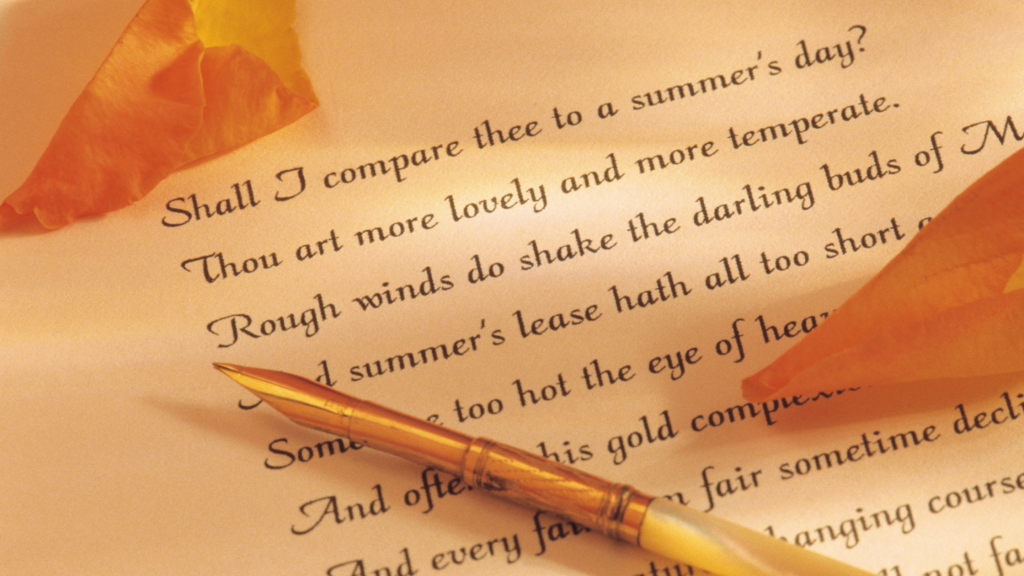Grammar rules can be complicated at times. We can even end up breaking them without knowing they existed in the first place, this can be frustrating to writers everywhere.
Wait. That sentence didn’t look right, did it? That’s an example of a commonly made but infrequently named grammar mistake called the comma splice.
Comma splices are writing slips that create hard-to-read sentences. Used correctly, though, they can actually improve your writing by adding emphasis in unexpected places.
Here’s your quick reference guide to comma splices and how to use them.
What is a Comma Splice?
A comma splice occurs when two independent clauses (which are phrases that comprise complete thoughts) are joined with just a comma. It’s a fairly common mistake made by writers of all levels.
Here’s an example:
The kind of animal on the other lot wasn’t a dog at all, it wasn’t a cat either.
All of the words before the comma comprise one complete thought, and all of the words after comprise another. The problem is with how they’re joined. Commas are intended to indicate a brief pause in the sentence before it is continued. They aren’t full-stops, so using them to join two independent ideas simply doesn’t work.
Depending on who you ask, comma splices are considered to be either a kind of run-on sentence or a complete punctuation error.
Fixing a Comma Splice
You can fix a comma splice in one of three ways.
You can add a conjunction (or “joining word”). This includes words like “but,” “and,” or “so.” This makes the second independent clause more directly linked to the first, turning it into a kind of dependent clause (a phrase comprising an incomplete thought as part of a longer sentence).
The kind of animal on the other lot wasn’t a dog at all, but it wasn’t a cat, either.
You can change the comma into a semicolon. Unlike a comma, the intended purpose of a semicolon is to join two independent clauses together.
The kind of animal on the other lot wasn’t a dog at all; it wasn’t a cat either.
You can simply separate the clauses into their own sentences. This retains the original phrasing while reducing it into more readable chunks.
The kind of animal on the other lot wasn’t a dog at all. It wasn’t a cat either.
How Do You Use a Comma Splice?
Comma splices don’t always have to be wrong, though. While you shouldn’t use them in formal writing, using them in casual or creative pieces can be interesting to see.
For instance, comma splices are fairly common in fiction writing. If you wanted to convey a character’s conflicting emotions through their racing thoughts, you might write:
He was evil, he was beautiful, he was dangerous, he was exactly what she wanted.
In speech writing, you can use them to add importance. You can also use them to reiterate a point or create a sense of community:
We are capable, we are passionate, we are ready, we are here.
Comma splices are probably the most common in poetry, though. Poets use them to add emphasis to particular lines or, more frequently, remove emphasis for the sake of lyrical flow. Take a few lines from this fun poem by Becky Upchurch as an example:
Funny thing about reminiscing
there has to be miles of pavement lain
to stretch a memory,
lots of comma splices cracking the sentence
of life that experience completes.
Comma Splicing with Confidence
Knowing when to use a comma splice can change it from a common mistake into an artistic choice. It can make your writing unique, it can make it interesting, it can make it impactful.
See what we did there?
As long as you understand what they are and when they’re appropriate, comma splices can be a great tool to keep in your literary toolkit.
- [BrutallyHonest] Langua AI Review – Can you learn a language with AI? - April 23, 2024
- “How Was Your Weekend?” Alternative Ways to Improve Your Conversations - February 19, 2024
- On Monday or Monday? What’s the Difference? - December 1, 2023

